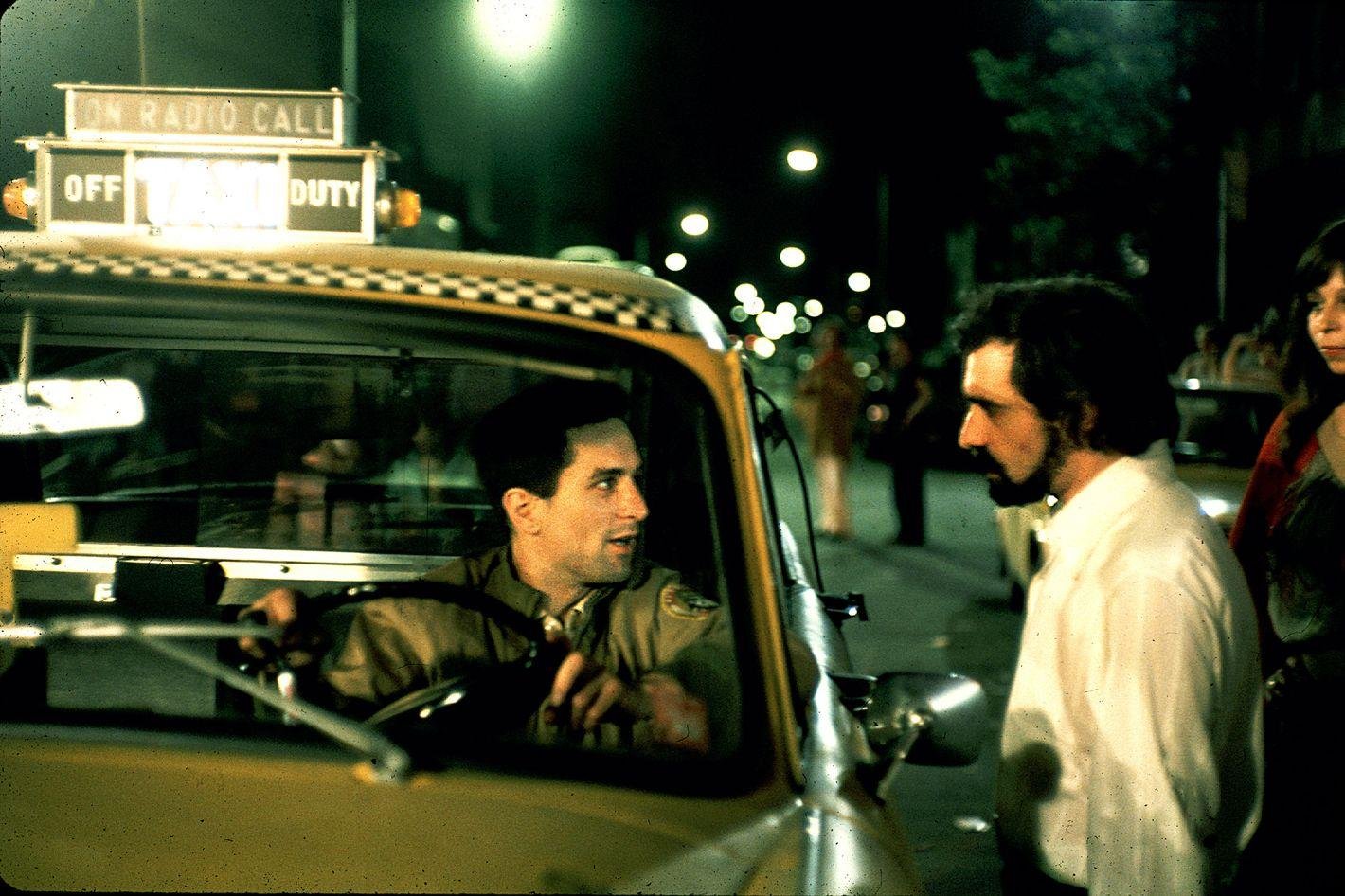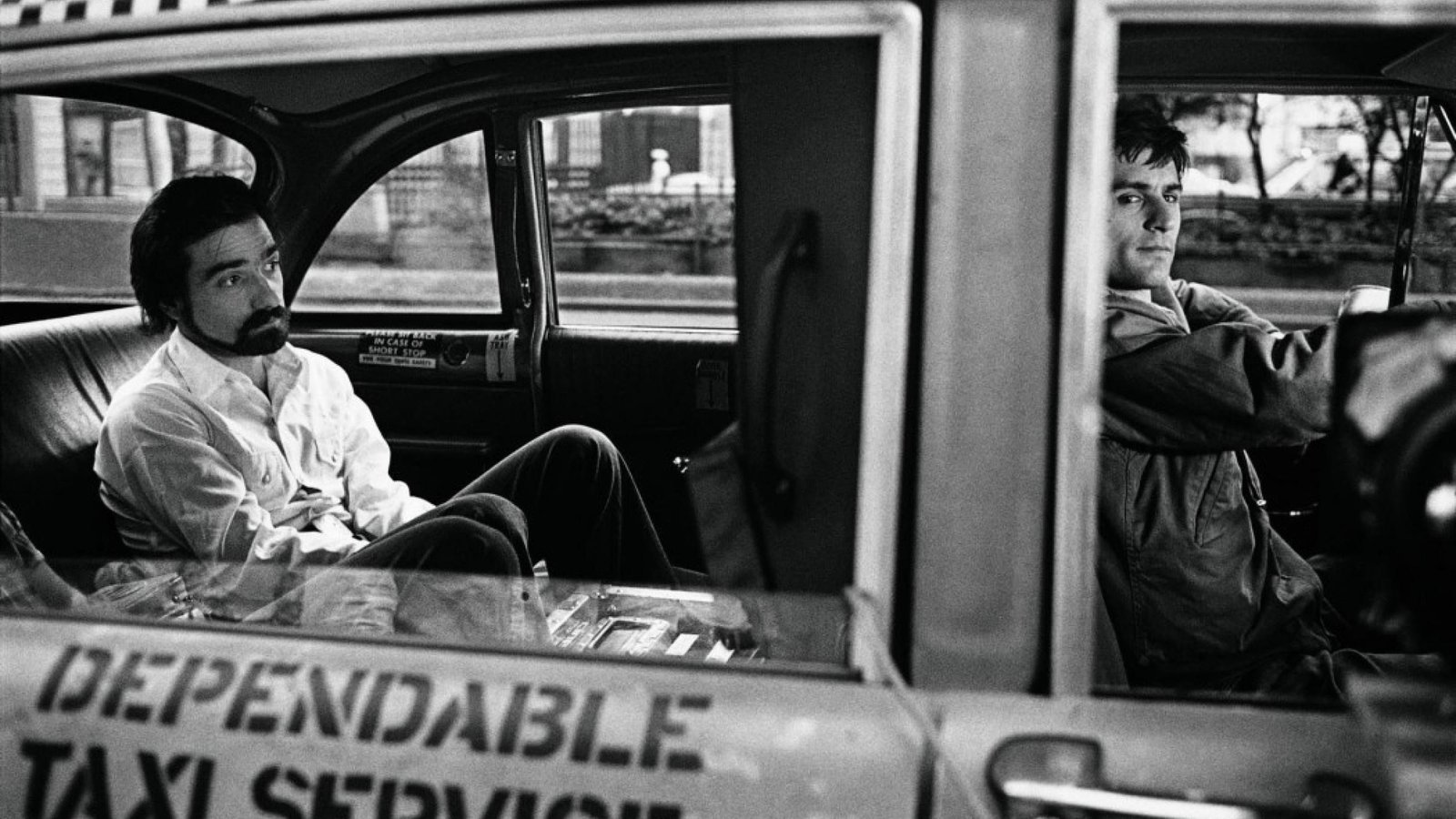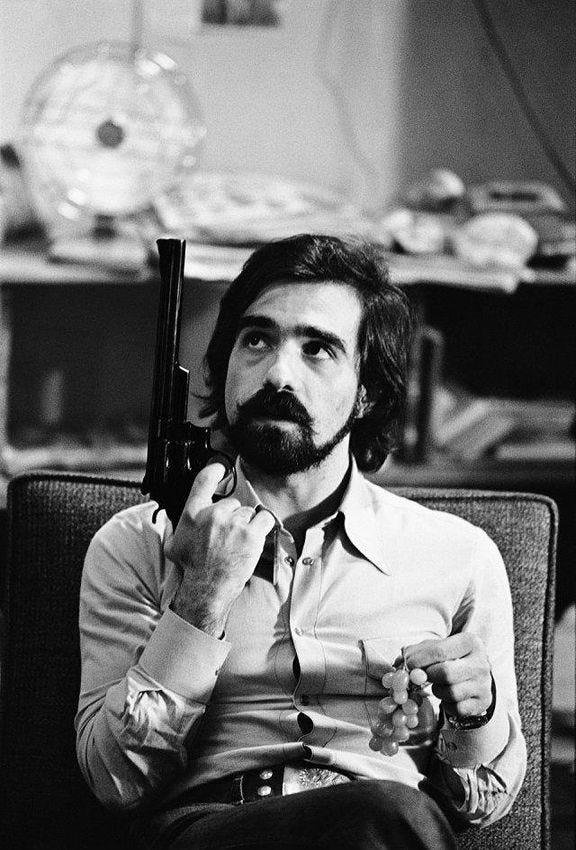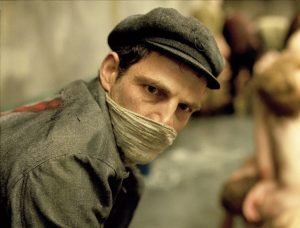Exploring the Dark Depths of Martin Scorsese’s ‘Taxi Driver’
Get ready to take a ride into the dark and twisted world of Martin Scorsese’s iconic film ‘Taxi Driver’. This masterpiece has been revered as one of the greatest films in cinema history, with an unforgettable portrayal of a man pushed to the brink of insanity. In this article, we will explore the various themes, motifs, and symbols used by Scorsese to create a gripping and suspenseful narrative. From the vivid portrayal of the seedy underbelly of New York City to the brilliant performance of Robert De Niro, this analysis will delve into the depths of ‘Taxi Driver’ and uncover the hidden meaning behind this cinematic masterpiece.
Get ready to take a ride into the dark and twisted world of Martin Scorsese’s iconic film ‘Taxi Driver’. This masterpiece has been revered as one of the greatest films in cinema history, with an unforgettable portrayal of a man pushed to the brink of insanity. In this article, we will explore the various themes, motifs, and symbols used by Scorsese to create a gripping and suspenseful narrative. From the vivid portrayal of the seedy underbelly of New York City to the brilliant performance of Robert De Niro, this analysis will delve into the depths of ‘Taxi Driver’ and uncover the hidden meaning behind this cinematic masterpiece.

Introduction to the film Taxi Driver
If you’re an avid moviegoer or a Martin Scorsese fan, then you’ve probably heard of the 1976 film Taxi Driver. This film is considered one of Scorsese’s greatest works and has become a classic in American cinema. Taxi Driver follows the story of a disturbed and lonely man named Travis Bickle, played by Robert De Niro, who works as a taxi driver on the dangerous and gritty streets of New York City. The film explores themes of violence, isolation, and mental illness, and has become a cultural touchstone for generations to come. In this article, we’ll take a closer look at Martin Scorsese’s Taxi Driver and analyze what makes this film a masterpiece of cinematic storytelling.
Overview of the director Martin Scorsese
Martin Scorsese is one of the most celebrated directors in the history of cinema. He is known for his gritty and often violent portrayals of urban life, and his ability to capture the darkest aspects of the human psyche. Scorsese’s most famous film, Taxi Driver, is a perfect example of his unique style. Released in 1976, the film starred Robert De Niro as Travis Bickle, a mentally unstable Vietnam veteran who becomes a cab driver in New York City. Scorsese’s direction of the film was masterful, combining intense violence with striking imagery to create a haunting portrait of a troubled man on the brink of madness. In this analysis of Taxi Driver, we will take a closer look at Scorsese’s direction and the impact it had on the film’s enduring legacy.
Main character analysis of Travis Bickle
Travis Bickle, portrayed by Robert De Niro, is the main character in Martin Scorsese’s classic film Taxi Driver. Bickle is a Vietnam War veteran who suffers from insomnia and finds a job as a taxi driver in New York City. Through his experiences on the job and his interactions with different people, Bickle becomes increasingly disillusioned with society and develops an unhealthy obsession with a young prostitute, played by Jodie Foster. Scorsese’s masterful direction and De Niro’s powerful performance combine to create a complex portrayal of a man struggling with inner demons and searching for a purpose in life. Bickle’s character analysis highlights the themes of loneliness, isolation, and the darker side of the American dream in this unforgettable cinematic masterpiece.

The theme of isolation and loneliness in the film
The theme of isolation and loneliness in Martin Scorsese’s Taxi Driver is a prominent and recurring one. The protagonist, Travis Bickle, is a socially awkward and isolated character who struggles to connect with others. Throughout the film, his inner thoughts are revealed through voice-over narration, emphasizing his sense of detachment from the world around him. Bickle’s loneliness is further highlighted by the stark and gritty portrayal of the city’s seedy underbelly, where he spends most of his time driving his taxi. The film’s exploration of isolation and loneliness is a testament to Scorsese’s ability to capture the human experience, making Taxi Driver a timeless classic in the world of cinema.
The use of color and lighting in Taxi Driver
In Martin Scorsese’s Taxi Driver, the use of color and lighting plays a significant role in creating an immersive and unsettling atmosphere. The film’s iconic neon-lit nighttime scenes of New York City streets are a perfect example of how lighting can convey a sense of danger, loneliness, and isolation. In contrast, the scenes inside the taxi cab are often dimly lit, with shadows that obscure the driver’s face, emphasizing his mysterious and unpredictable nature. The color red is also used consistently throughout the film, notably in the blood that appears in violent scenes, adding to the sense of aggression and brutality in the story. The combination of these elements creates a visual language that helps to convey the mood and themes of the film, making Taxi Driver a masterclass in the use of color and lighting in cinema.
The role of the city of New York as a character in the film
In Martin Scorsese’s iconic film Taxi Driver, the city of New York plays a crucial role as a character. The gritty and dark atmosphere of the city not only sets the tone for the film, but also reflects the mental state of the protagonist, Travis Bickle. The city is constantly in motion, with bustling streets, flashing lights, and diverse crowds, creating a sense of chaos and isolation. The various locations depicted in the film, such as Times Square and the seedy neighborhoods, add to the character of the city and highlight the stark contrast between the rich and poor. Through the lens of Taxi Driver, New York becomes a symbol of disillusionment and despair, mirroring the inner turmoil of Travis and his struggle to find purpose in a city that seems to have lost its soul.

Symbolism in Taxi Driver
Taxi Driver, directed by Martin Scorsese, is a film that explores complex themes such as loneliness, alienation, and violence in a society that is rotting from within. In this film, symbolism plays a crucial role in conveying the underlying messages and themes. For instance, the yellow cab that Travis Bickle drives symbolizes his isolation from the rest of society, while the mirrored walls and ceilings in the club where he takes Betsy on a date represent his distorted view of reality. The rain that pours down heavily during the climactic scene is a symbol of cleansing, both for Travis and for the city he inhabits. These symbols, among others, contribute to the film’s powerful and lasting impact on viewers.
The impact of the film on popular culture
The impact of “Taxi Driver,” directed by Martin Scorsese, on popular culture is undeniable. The character of Travis Bickle, played by Robert De Niro, has become an iconic figure in cinema history. The film’s exploration of themes such as loneliness, violence, and mental illness has resonated with audiences for generations. The film’s use of striking visuals, haunting score, and intense performances have influenced countless filmmakers and actors. From fashion to music, “Taxi Driver” has left an indelible mark on popular culture and continues to be praised as a masterpiece of American cinema.
Controversy and critical reception of the film
The controversy surrounding Martin Scorsese’s Taxi Driver has been a topic of discussion since its release in 19 The film’s depiction of violence and mental illness sparked criticism from some viewers, while others praised its realistic portrayal of the seedy underbelly of New York City. Despite the controversy, the film received critical acclaim and was nominated for four Academy Awards, including Best Picture. Scorsese’s masterful direction and Robert De Niro‘s iconic performance as Travis Bickle have solidified Taxi Driver as a classic in cinema history.
Conclusion and final thoughts on Taxi Driver and Martin Scorsese’s career
In conclusion, Taxi Driver is undoubtedly one of the masterpieces of Martin Scorsese’s legendary career. The film’s striking visuals, evocative score, and mesmerizing performances from Robert De Niro and Jodie Foster have left an indelible mark on the history of cinema. Scorsese’s fearless exploration of loneliness, alienation, and obsession has made Taxi Driver a timeless classic that remains as relevant today as it was when it was released over four decades ago. Martin Scorsese‘s unparalleled contribution to the world of cinema has cemented his place as one of the greatest filmmakers of all time, and Taxi Driver stands as a testament to his extraordinary talent and vision.
For more information about Martin Scorsese Taxi Driver analysis, including movie details, cast information, etc..
check out the filmaffinity page.



